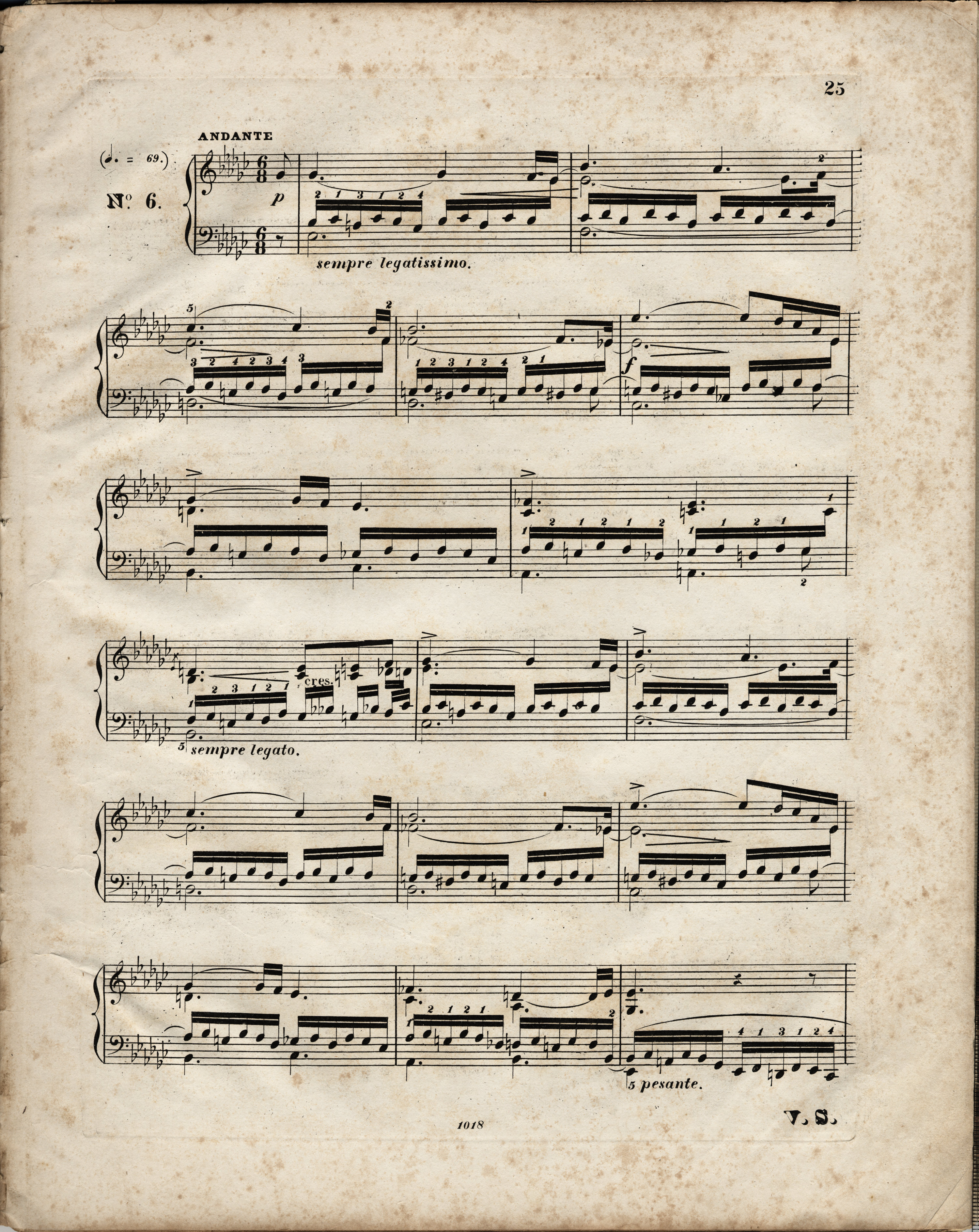



The first eight-bar phrase appears in the Etude trice (with different endings). In A the majority of long notes is provided with signs that may be interpreted as accents. According to us, while the presence of a sign or lack of it in analogous bars may suggest a performance detail, it seems unlikely that Chopin would like to differentiate the accents in terms of length in this place. In FE (→GE,EE) the majority of marks were recreated as short accents (e.g. in bar 9), some of them were given the form of  hairpins, others were omitted (e.g. in bar 1 & 41). It is difficult to find something more in those changes than inaccuracies or misunderstandings of A. However, due to various combinations of sources, we discuss the particular places individually.
hairpins, others were omitted (e.g. in bar 1 & 41). It is difficult to find something more in those changes than inaccuracies or misunderstandings of A. However, due to various combinations of sources, we discuss the particular places individually.
Taking into account the aforementioned observations, in the main text we propose accents interpreted as long ones in all situations where they are written in A.
Compare the passage in the sources »
category imprint: Differences between sources
issues: Long accents
notation: Articulation, Accents, Hairpins




